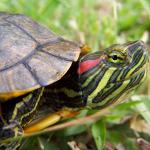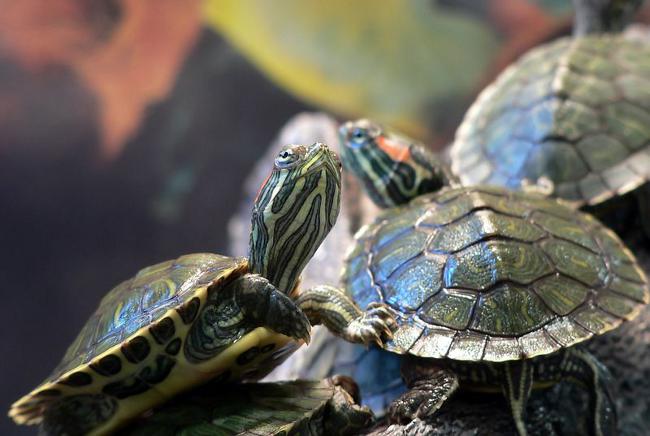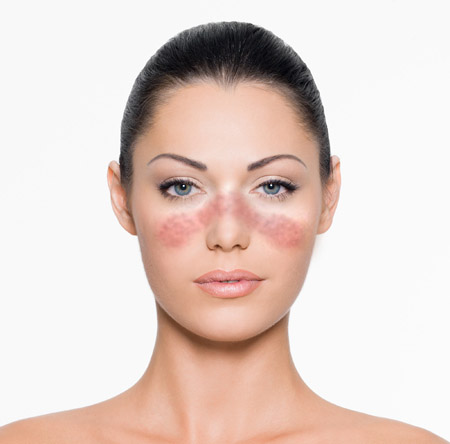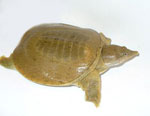Diseases of the red-bellied turtles: the main symptoms
 Red-eared turtles are considered unpretentious pets, but in fact it is very important to observe the rules of keeping and feeding, otherwise the animal can get sick. What are red-bellied turtles? How to understand that your turtle is sick?
Red-eared turtles are considered unpretentious pets, but in fact it is very important to observe the rules of keeping and feeding, otherwise the animal can get sick. What are red-bellied turtles? How to understand that your turtle is sick?Instead of listing the diseases of red-bellied turtles and talking about the symptoms of each disease, we will go "on the contrary": list the symptoms and tell you what diseases can correspond to this symptom.
One of the most common symptoms is swelling of eyelids. The eyes of red-bellied turtles are extremely vulnerablea different kind of inflammation, so swelling can indicate a large number of diseases. Edema of the eyelids accompanies such diseases of red-bellied turtles as rickets, avitaminosis (most often it is a lack of vitamin A), pneumonia, fungal diseases, conjunctivitis.
Swelling is one-sided (one eye) and bilateral (both). When incomplete edema The tortoise can only open its eyes partially, and when complete - can not open at all. The turtle is disturbed by the coordination of movements, it begins to eat less, because it does not see food. To get rid of the feeling of discomfort, the tortoises rub their eyes with their paws, further aggravating the swelling.
Another common symptom is mucous discharge from the nose and mouth. Most often the cause of secretions is viraldiseases and inflammatory processes in the respiratory system. Runny nose can also appear with a lack of vitamin A: not only affects the cornea, but also the epithelium of the nasal cavity.
If the turtle has a roll at swimming, then, perhaps, she just ate smallpebbles, of which the terrarium is composed. But it can also be a sign of pneumonia, especially if there is edema of the eyelids, except for the roll, from the nose.
Softness of shell can be a symptom of such a disease of turtles as rickets. Rickets are more common in young animals. The disease begins with a decrease in appetite, coordination of movements is disturbed. Turtle shell is soft, if you press on it with your fingers, it bends. Later, it deforms and begins to resemble a dome or a saddle. The lower jaw becomes soft, and the upper one begins to resemble a beak, sometimes so large that it prevents the turtle from eating. Over time, it can split or crack.
In adult turtles, the softness of the shell often indicates osteomalacia - demineralization of bone tissue. The causes of both diseases most often become unbalanced nutrition (lack of trace elements and vitamins), lack of ultraviolet radiation and disruption of calcium-phosphorus metabolism.
If the turtle scaly or peel skin, the cause of all fungal or bacterialinfection. It can affect not only the skin, but also the shell, then on it will be clearly visible "eaten" areas. Of the external injuries, turtles can also be observed burns from too hot water. The whole body is usually affected, with the first and second degree burns, the turtle has a chance to survive, but with severe burns, it will die from shock.
Sometimes owners notice from their pets swelling in the field of red strips ("ears"). It can be an otitis. The size of the swelling can range from a few millimeters to several centimeters. Most often the cause of otitis is hypothermia, much less swelling is a consequence of trauma.
Red and pink spots under the shell may indicate that the turtle has problems with the work of the kidneys. A swelling of the extremities most often observed with gout. This disease can not be started, because the turtle can die very quickly.
Well, almost all diseases of red-bellied turtles are accompanied by lethargy and loss of appetite. So if your turtle has become unusualsluggish, eating less or not eating at all, it is better to contact the veterinarian without waiting for the appearance of other symptoms. It is better to be safe and once again make sure that everything is in order, than to let things slide and lose a pet.
Any disease of red-bellied turtles should be treated by a herpetic doctor, specializing in the treatment of amphibians and reptiles. Self-medication can not be dealt with: Inept actions are much easier to harm a turtle than to benefit. Sometimes it is more difficult for the doctor to eliminate the consequences of the "treatment" of the turtle by the master than the actual disease itself.
So that your task as master - provide the tortoise with optimal conditionskeep it right, feed it and immediately show the doctor when the first suspicious symptoms appear, which may be a sign of some sickness of red-bellied turtles.














